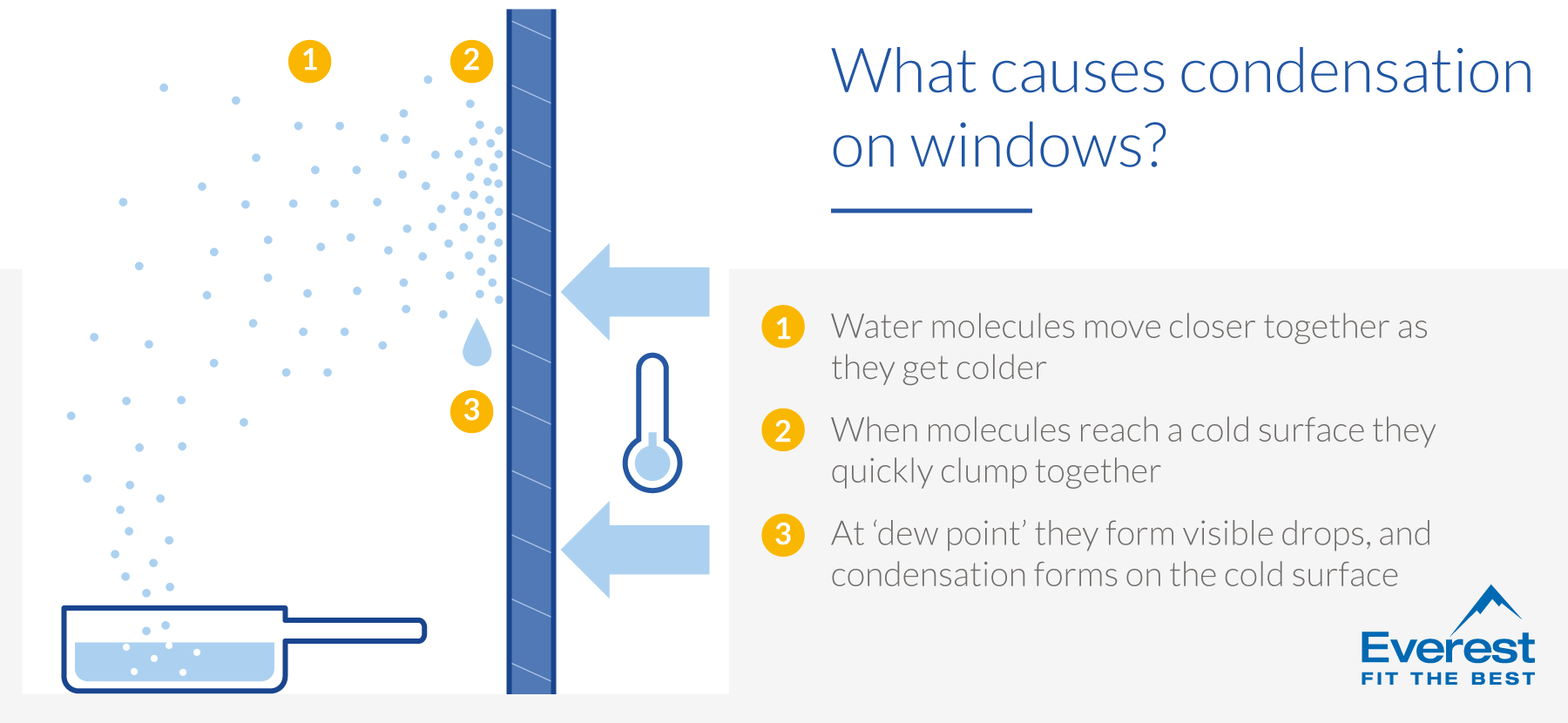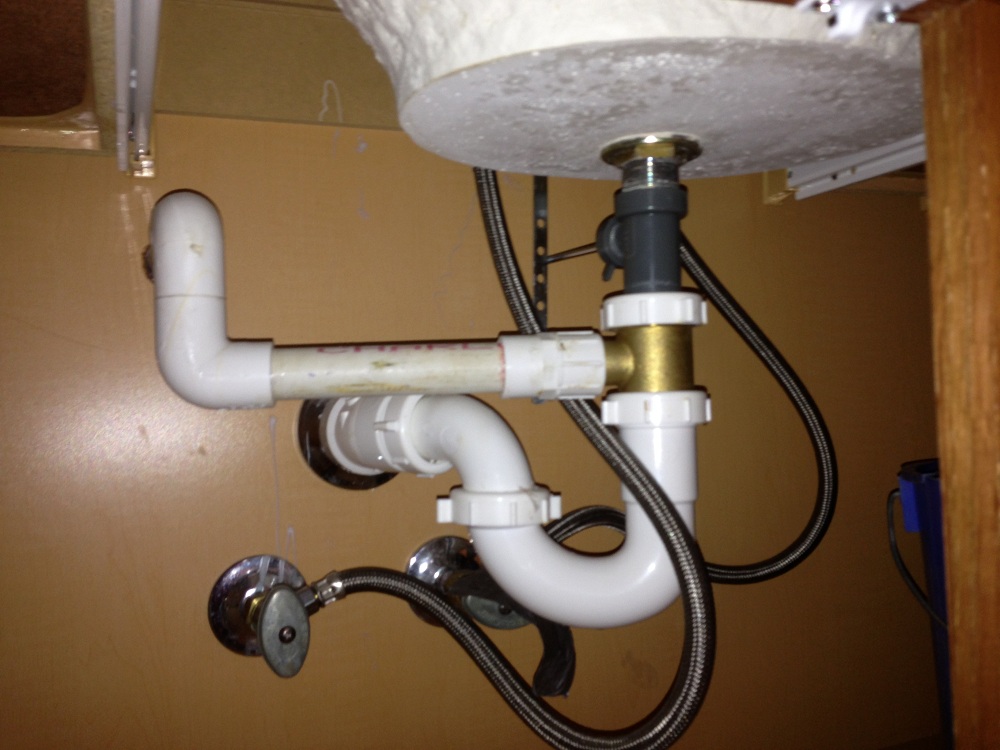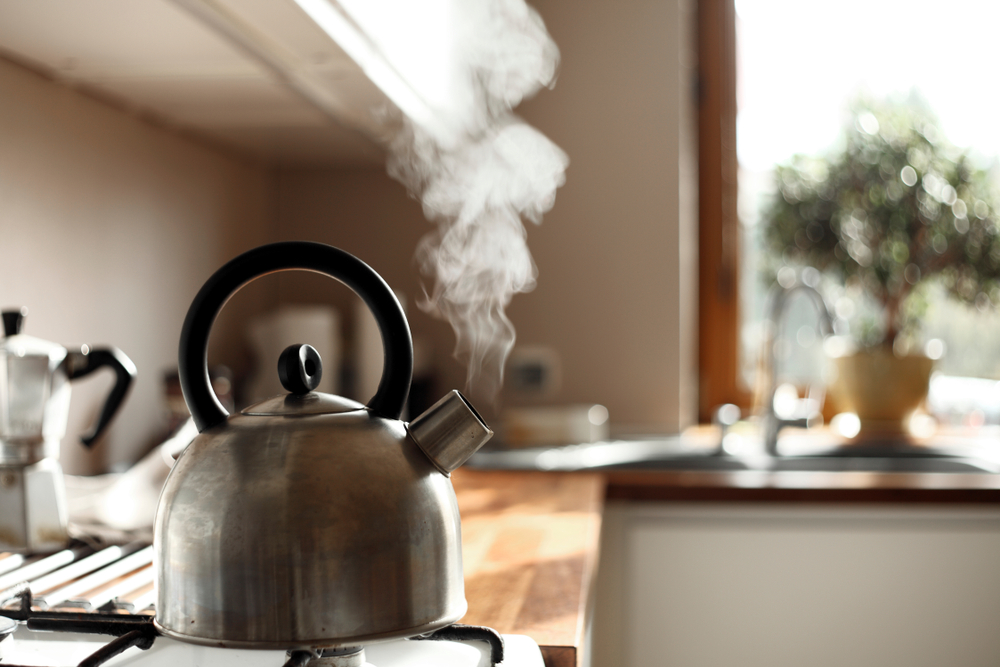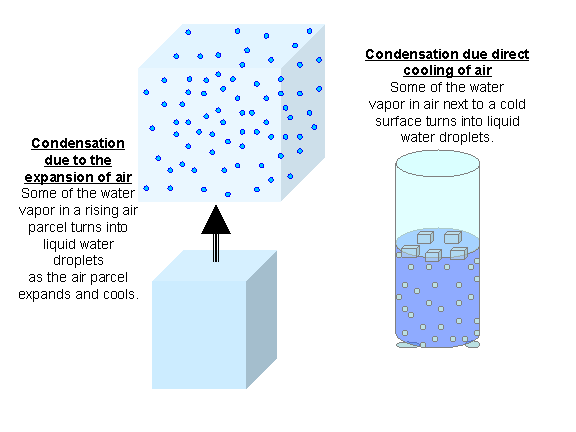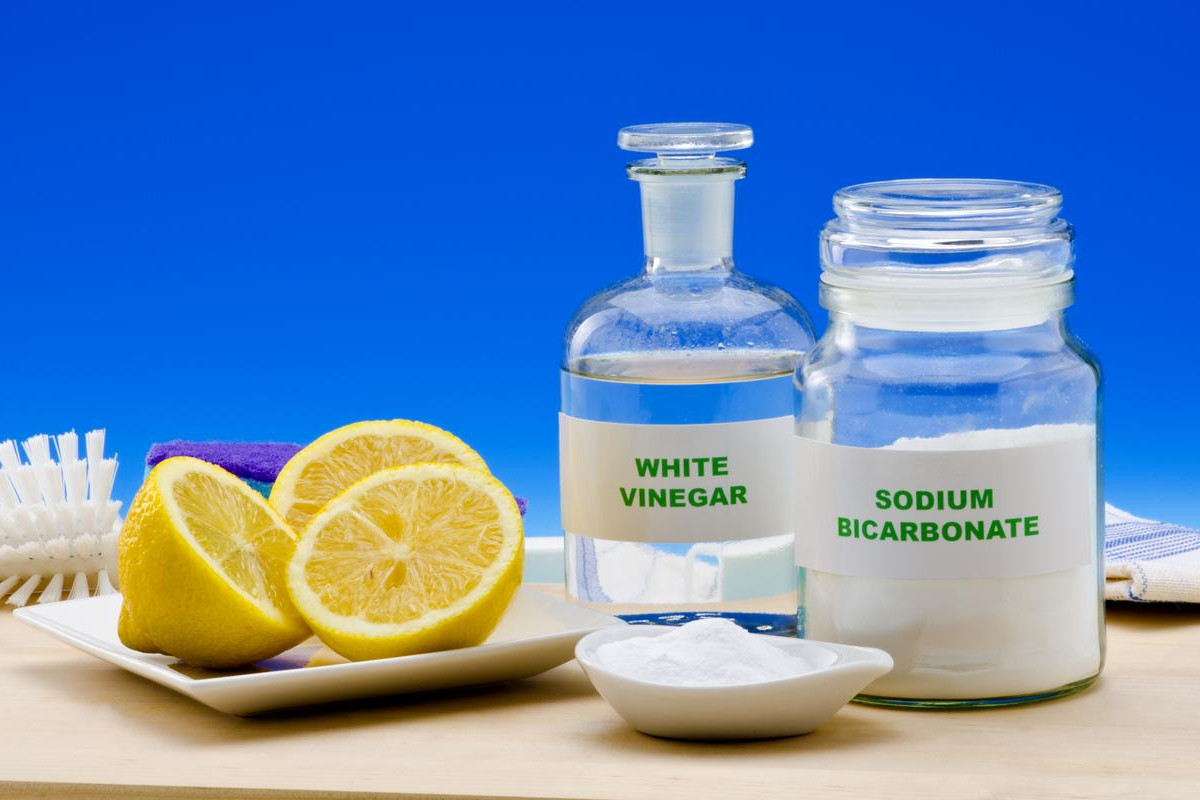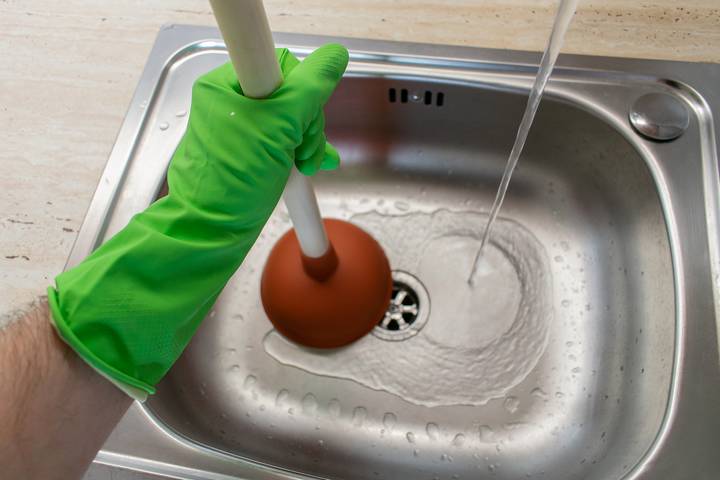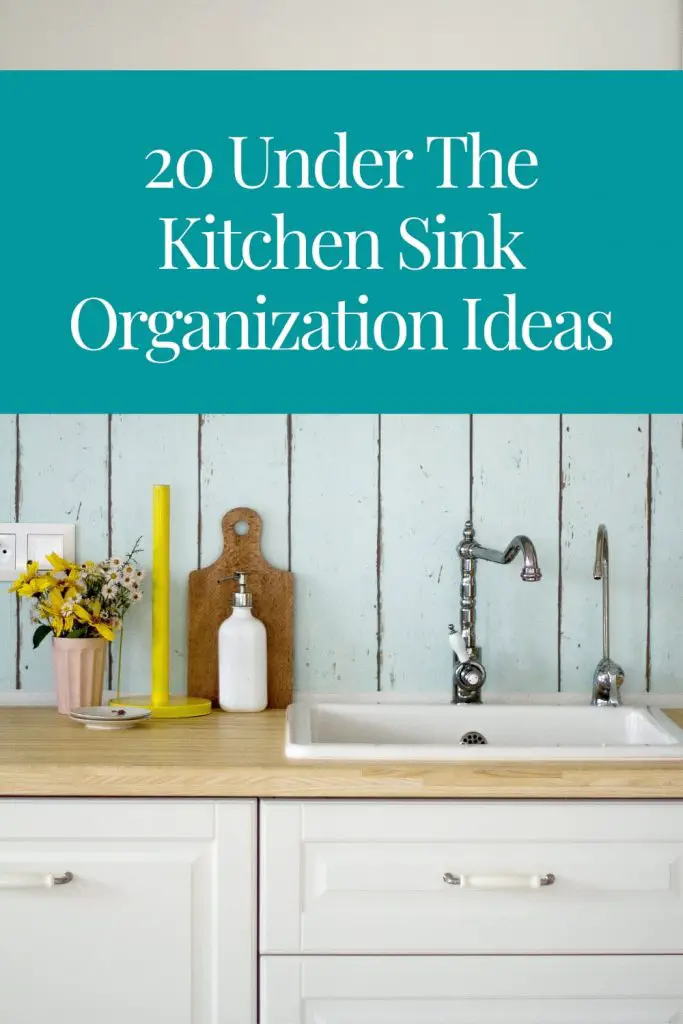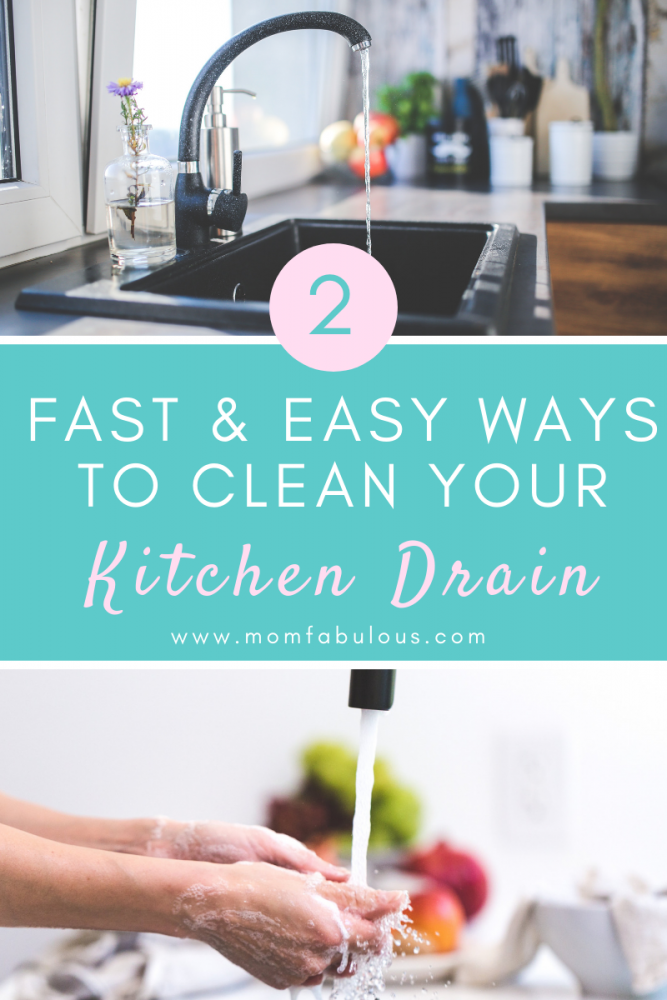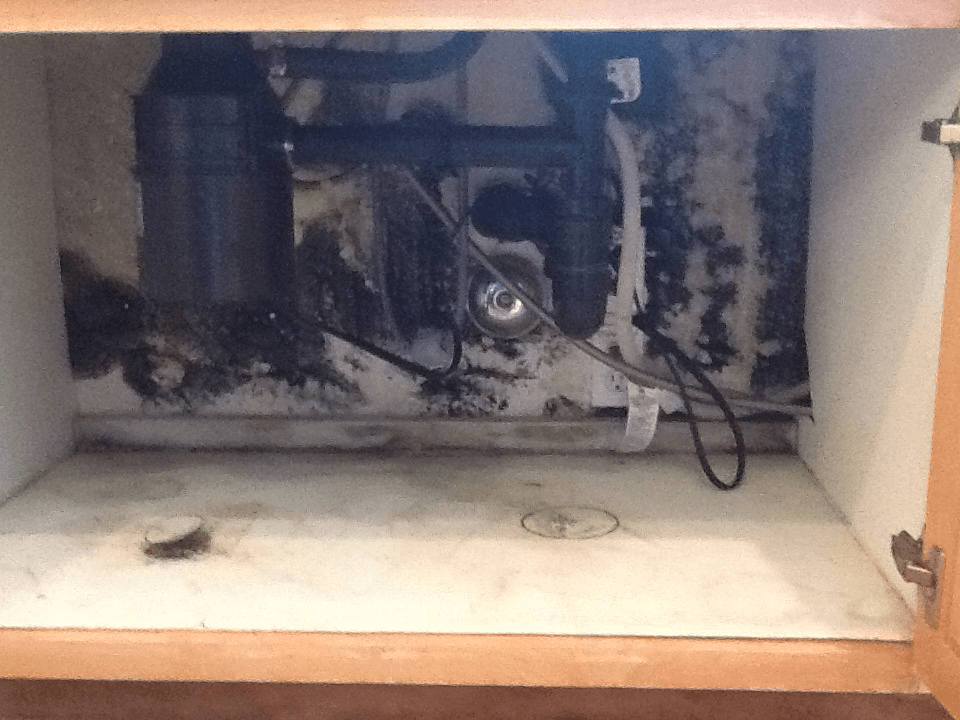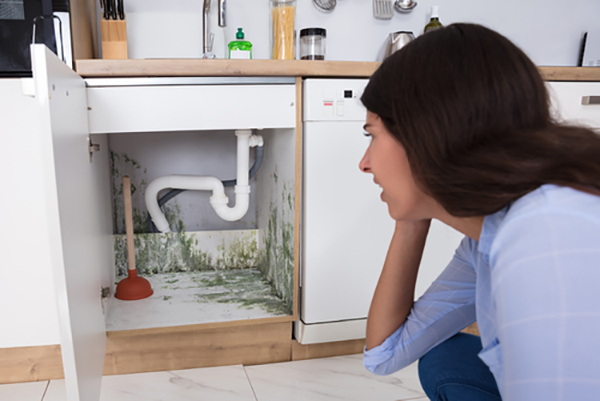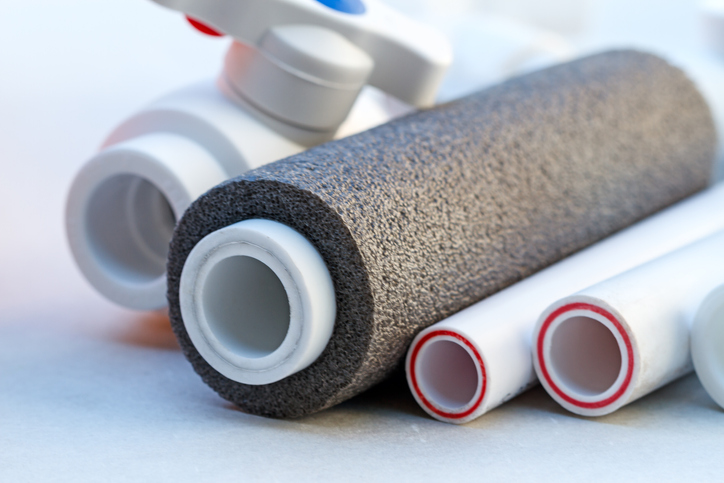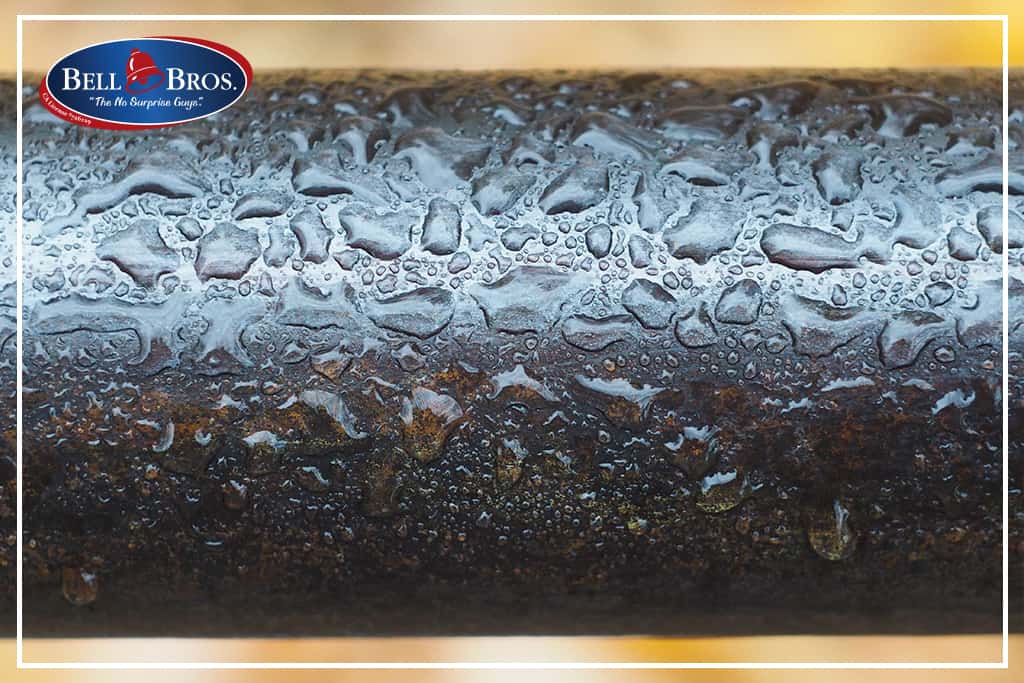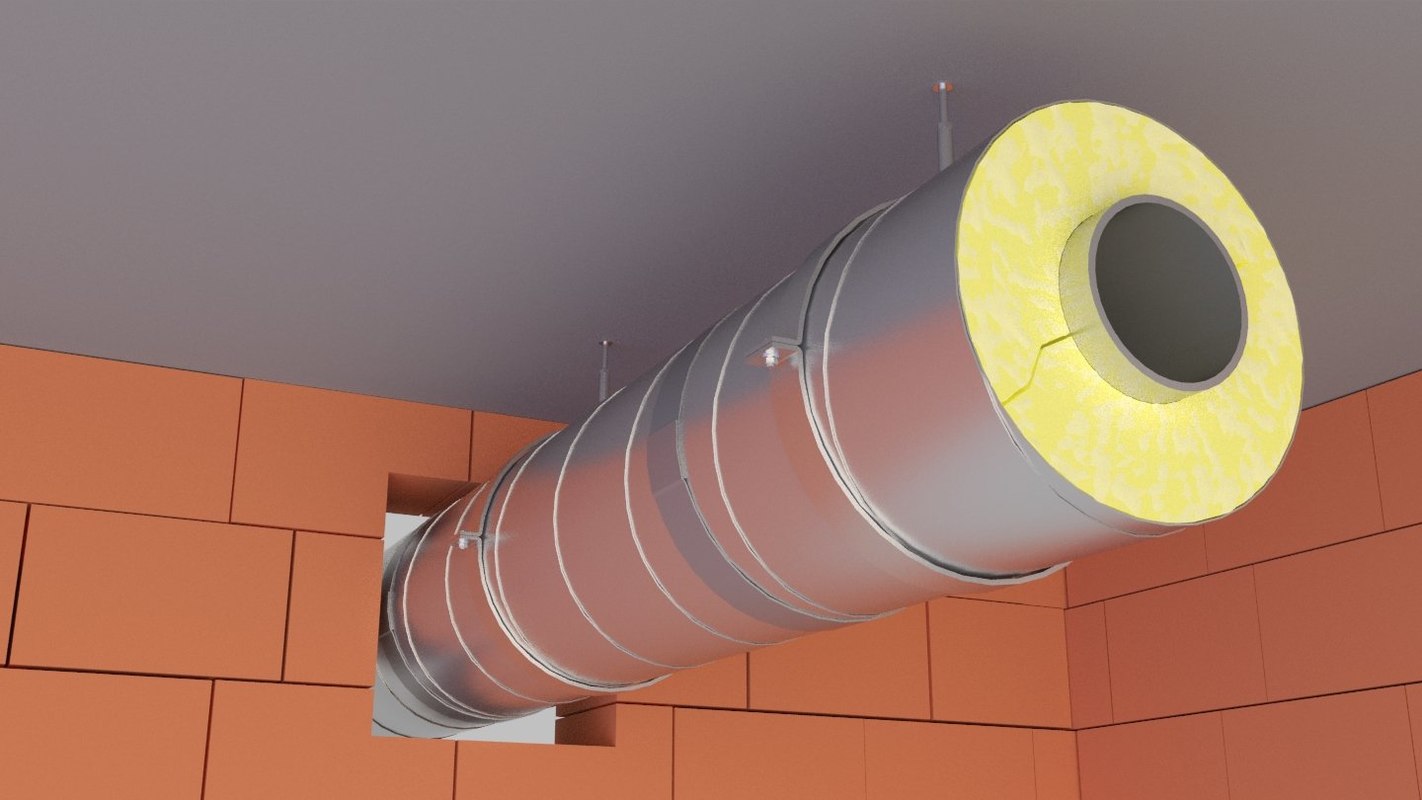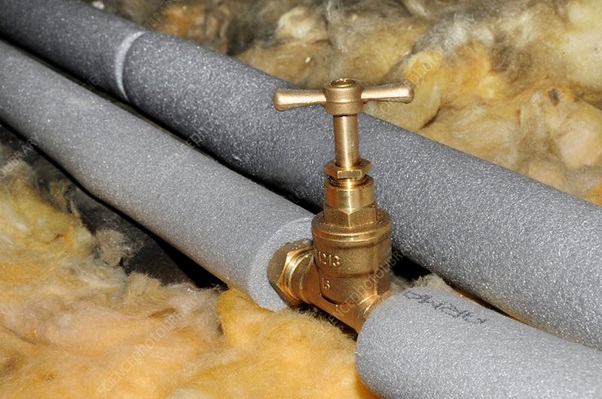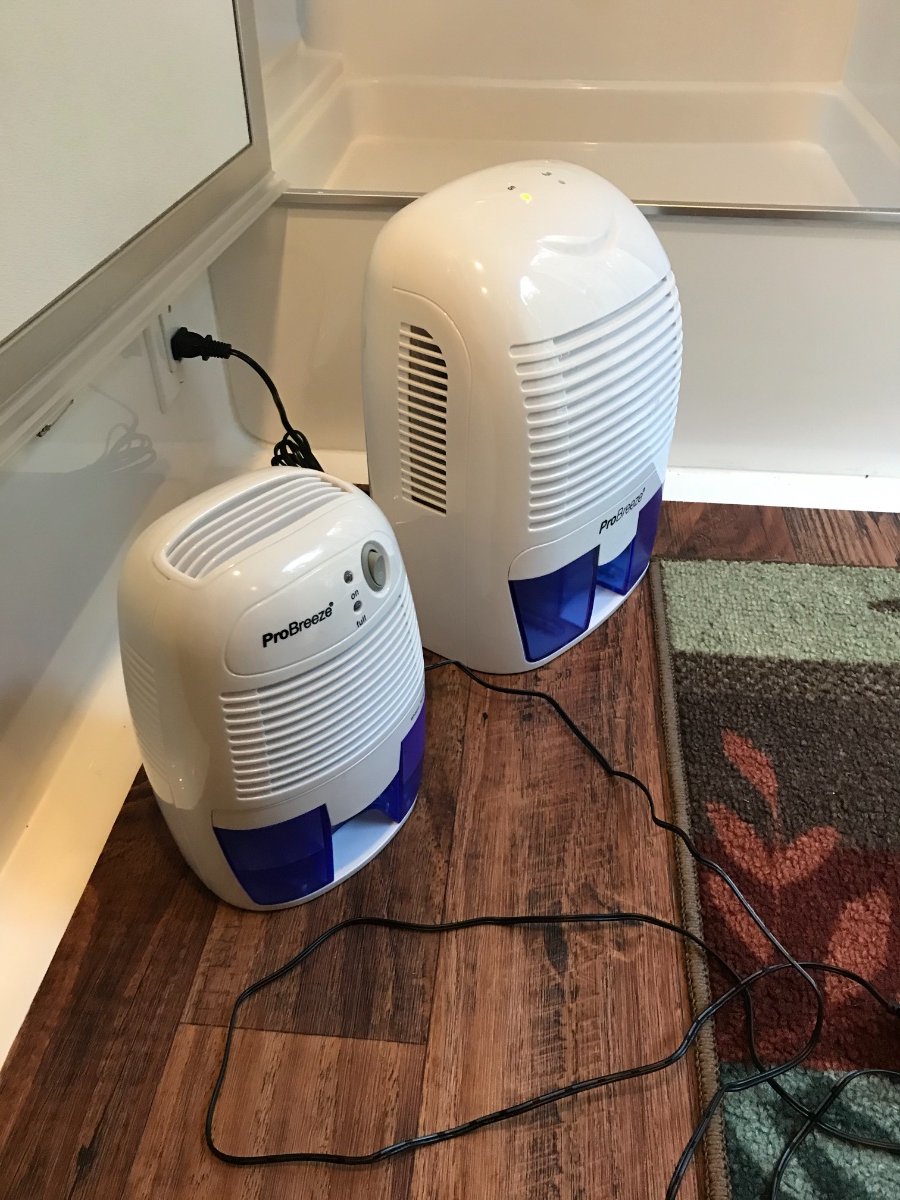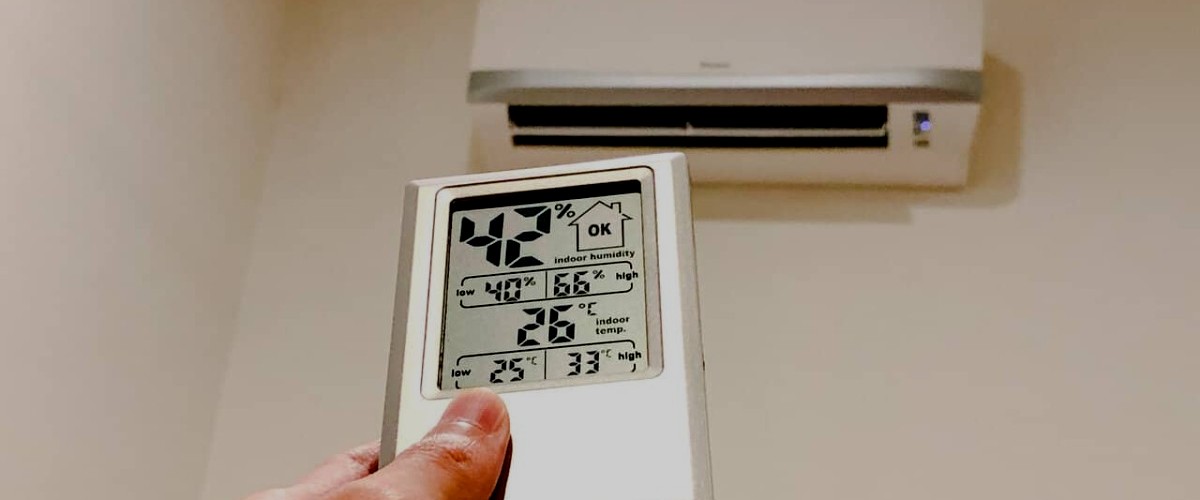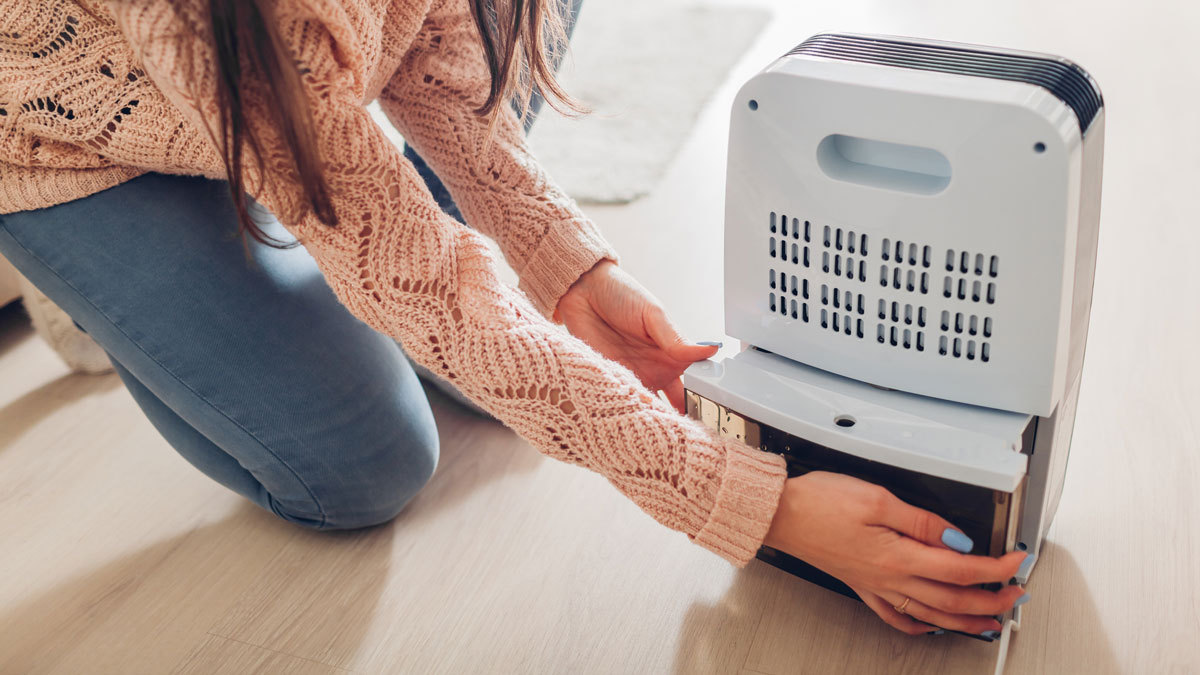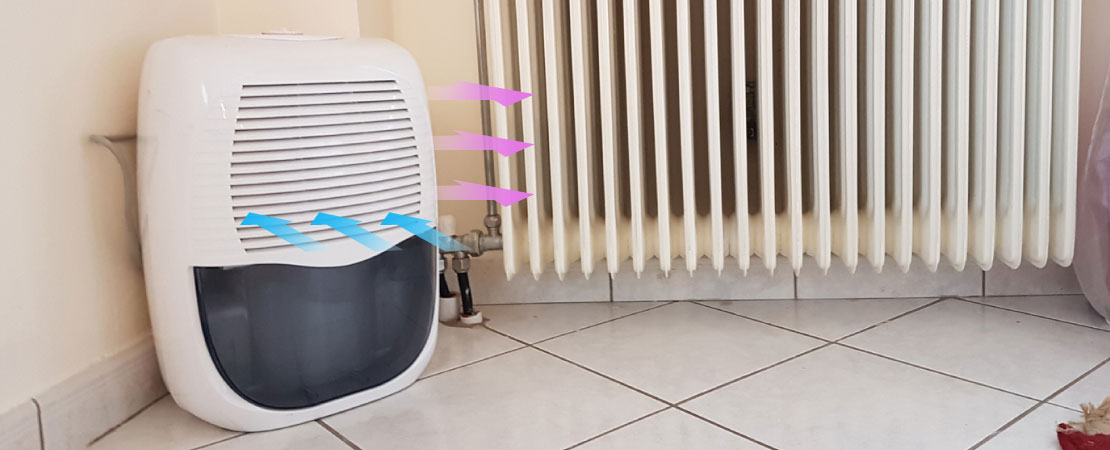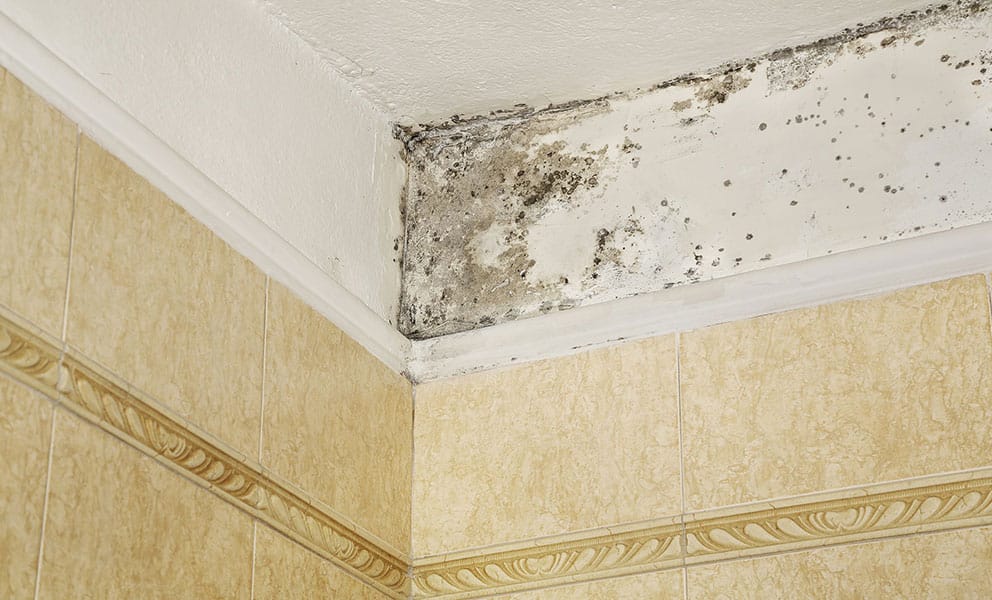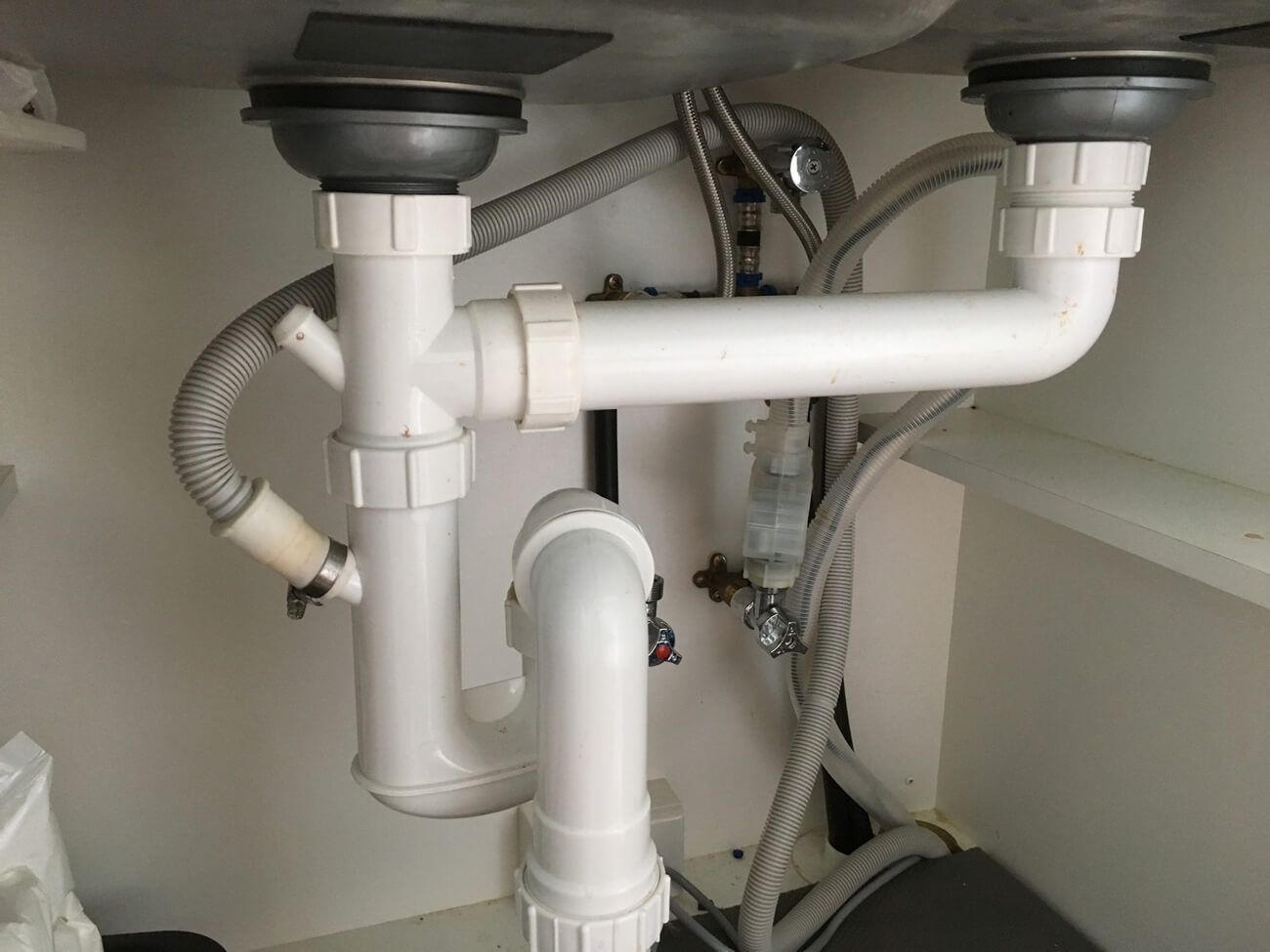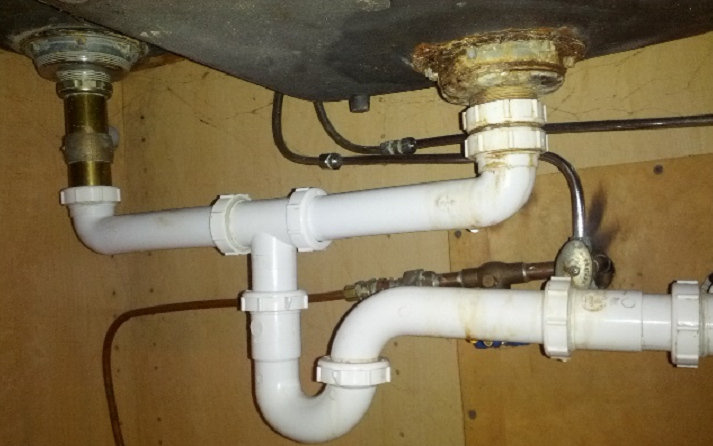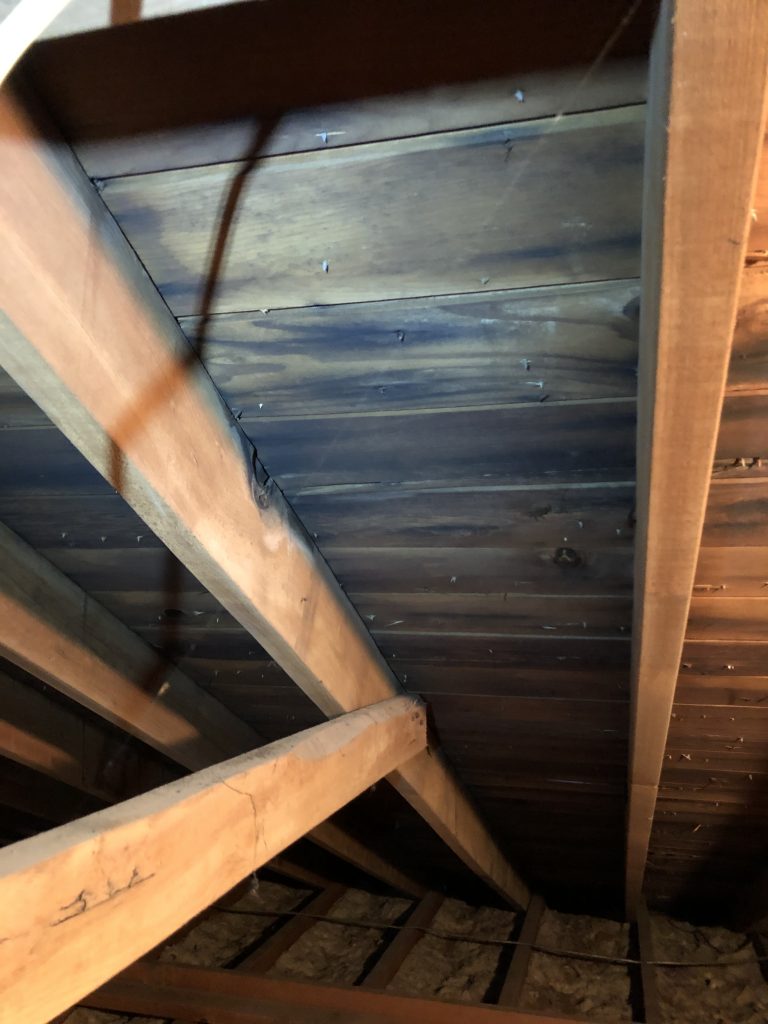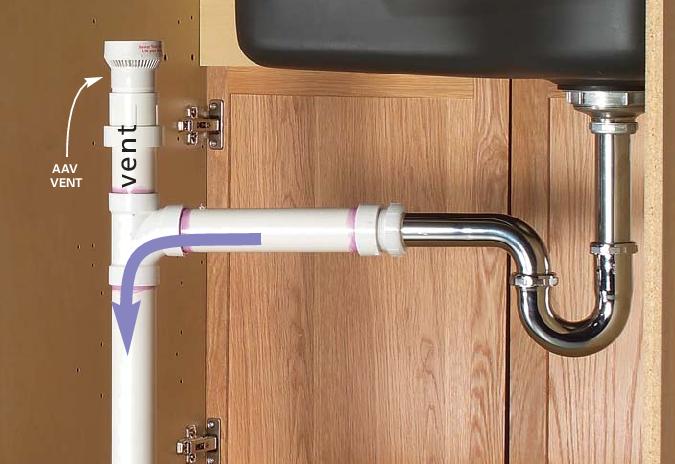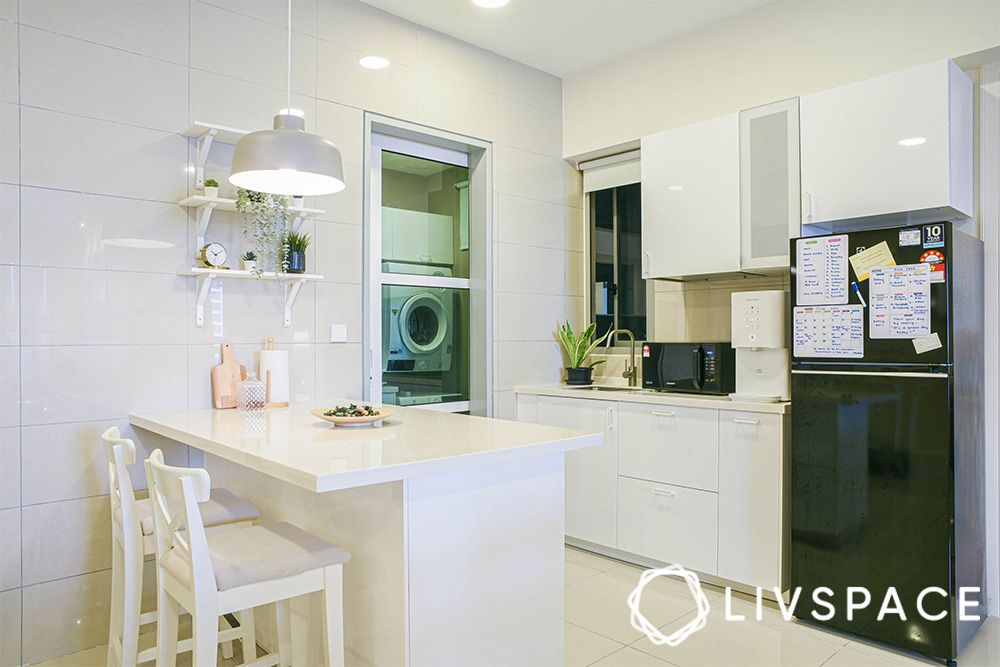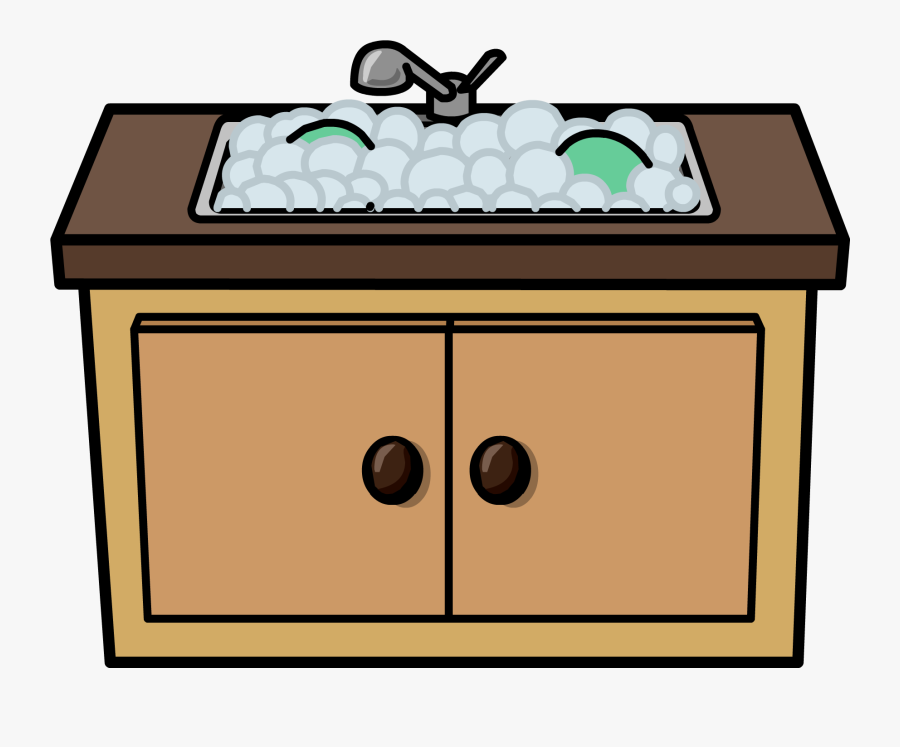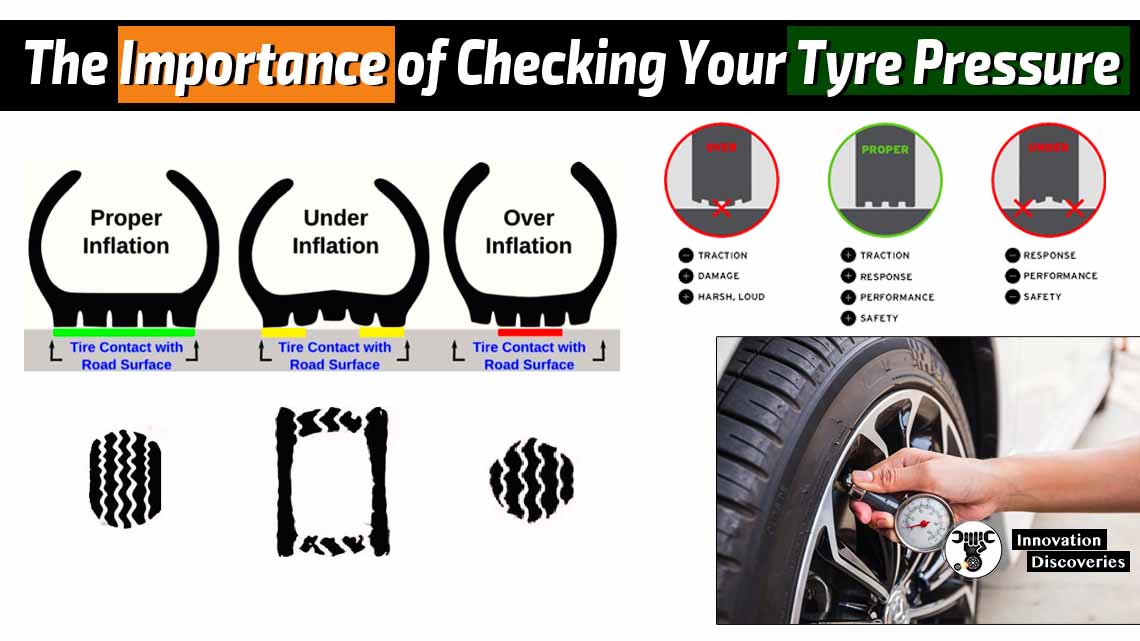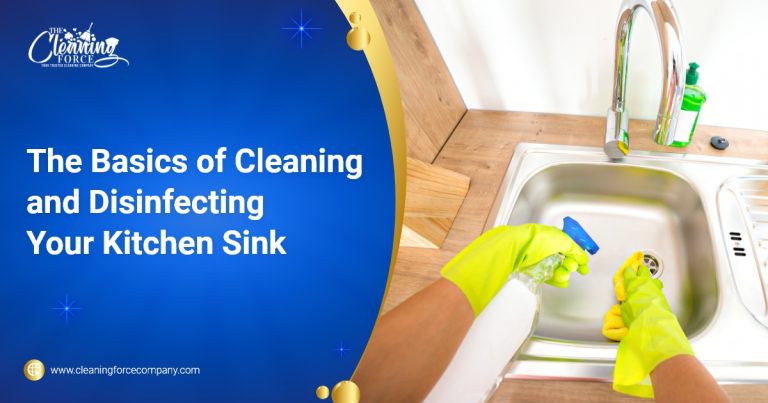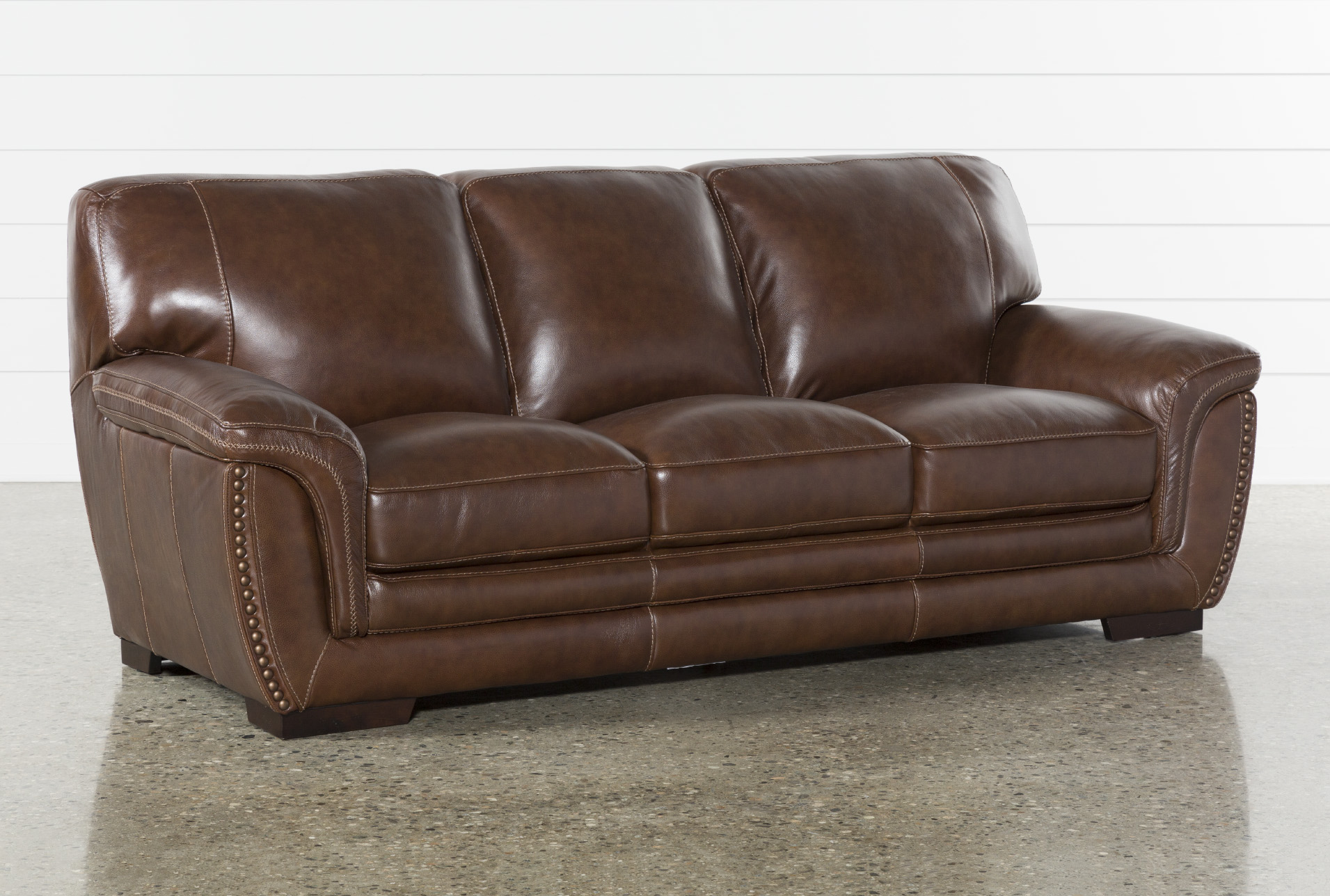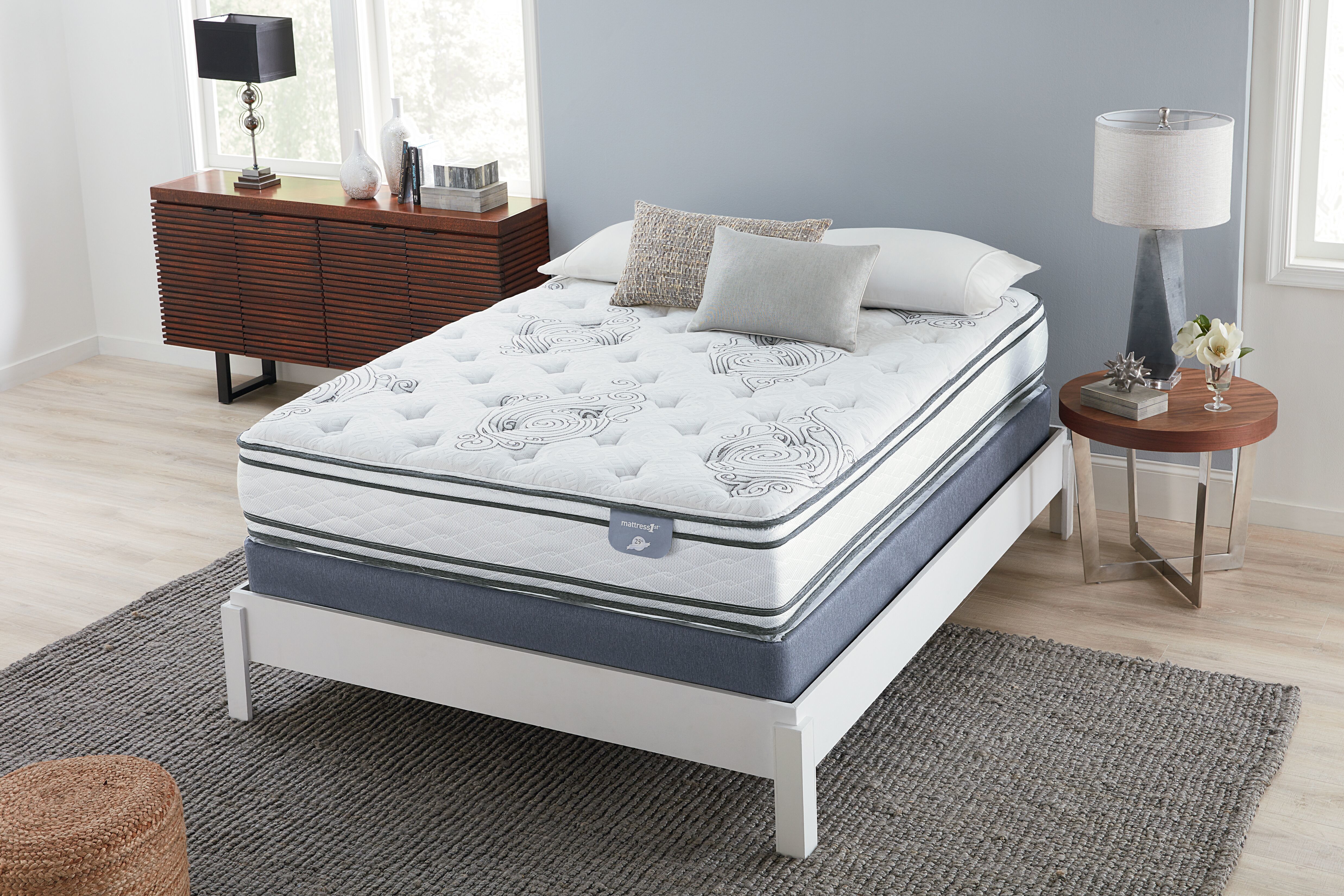If you've noticed water droplets forming under your kitchen sink, it's likely that you have a condensation problem. Not only is this a nuisance, but it can also lead to more serious issues such as mold and mildew growth. In this article, we will discuss the top 10 ways to fix condensation under your kitchen sink and prevent it from happening in the future.How to Fix Condensation Under Your Kitchen Sink
Before we dive into the solutions, it's important to understand the root causes of condensation under your kitchen sink. Here are 5 common reasons why you may be experiencing this issue: 1. High humidity: Excess moisture in the air can lead to condensation on surfaces, including under your kitchen sink. This can be caused by activities such as cooking and washing dishes. 2. Lack of insulation: Uninsulated pipes and surfaces can easily collect condensation, especially in areas with high humidity. 3. Leaky pipes: If you have a leaky pipe under your kitchen sink, it can create a damp environment that is ideal for condensation to form. 4. Poor ventilation: Without proper ventilation, moisture can become trapped under your sink, leading to condensation. 5. Cold water supply: In some cases, cold water supply lines can cause condensation when they come into contact with warm air.5 Common Causes of Condensation Under Your Kitchen Sink
Now that you know the common causes, let's discuss how to prevent and treat condensation under your kitchen sink. 1. Insulate your pipes: Insulating your pipes with foam pipe insulation can help prevent condensation from forming. This will also help keep your water temperature consistent, reducing the chances of condensation occurring. 2. Use a dehumidifier: If you live in a humid climate, using a dehumidifier in your kitchen can help reduce moisture in the air and prevent condensation from forming. 3. Fix leaks: If you have a leaky pipe under your sink, it's important to fix it as soon as possible to prevent further damage and to eliminate a potential source of condensation. 4. Improve ventilation: Make sure your kitchen is well-ventilated, either through an exhaust fan or opening windows. This will help reduce moisture in the air and prevent condensation from forming. 5. Use a fan: Running a fan near your sink can help circulate air and reduce condensation. You can also use a small desk fan placed under your sink to help dry out the area.Preventing and Treating Condensation Under Your Kitchen Sink
If you've already noticed mold growth under your kitchen sink due to condensation, it's important to address it immediately. Mold can cause health issues and damage to your home, so it's essential to deal with it as soon as possible. 1. Clean the affected area: Use a mixture of water and white vinegar to clean the moldy area. This natural solution will kill the mold and prevent it from coming back. 2. Dry out the area: After cleaning, make sure to thoroughly dry the affected area with a towel or fan. This will help prevent further mold growth. 3. Use a mold-killing product: If the mold growth is severe, you may need to use a mold-killing product. Be sure to follow the instructions carefully and wear protective gear. 4. Fix the cause of the condensation: To prevent mold from coming back, it's essential to address the underlying cause of the condensation, whether it's a leaky pipe or poor ventilation.Dealing with Mold Caused by Condensation Under Your Kitchen Sink
Insulating your pipes is one of the most effective ways to prevent condensation under your kitchen sink. Here's how to do it: 1. Measure your pipes: Measure the diameter and length of your pipes to determine how much insulation you will need. 2. Cut the insulation: Use a utility knife to cut the foam pipe insulation to the appropriate size for your pipes. 3. Wrap the pipes: Wrap the insulation around the pipes, making sure to cover all exposed areas. 4. Secure with tape: Use duct tape to secure the insulation in place. 5. Repeat for all pipes: Repeat this process for all exposed pipes under your kitchen sink, including the hot and cold water supply lines.Insulating Pipes to Prevent Condensation Under Your Kitchen Sink
A dehumidifier is a great option for reducing moisture in the air and preventing condensation under your kitchen sink. Here's how to use one effectively: 1. Choose the right size: Make sure to choose a dehumidifier that is appropriate for the size of your kitchen. A larger space will require a higher capacity dehumidifier. 2. Place near the sink: Position the dehumidifier near your kitchen sink or under the sink to target the source of the condensation. 3. Empty the water tray: Make sure to regularly empty the water tray in your dehumidifier to keep it running efficiently. 4. Use consistently: To see the best results, use your dehumidifier consistently, especially during times of high humidity.Using a Dehumidifier to Reduce Condensation Under Your Kitchen Sink
If your pipes are old or leaky, it may be time to replace them. This will not only eliminate the source of the condensation but also prevent potential water damage and mold growth. Here's how to replace your pipes: 1. Turn off the water supply: Before replacing any pipes, make sure to turn off the water supply to your kitchen sink. 2. Remove the old pipes: Use a wrench to remove the old pipes and replace them with new ones. 3. Secure with pipe tape: Use pipe tape to secure the new pipes in place and prevent leaks. 4. Turn the water supply back on: Once the new pipes are installed, turn the water supply back on and check for leaks.Replacing Old or Leaky Pipes to Eliminate Condensation Under Your Kitchen Sink
Proper ventilation is key to preventing condensation under your kitchen sink. Here's how to ensure your sink is properly vented: 1. Check your current venting system: Make sure your kitchen sink is connected to a vent pipe that extends to the outside of your home. 2. Install an exhaust fan: If you don't have a venting system, consider installing an exhaust fan above your kitchen sink to properly vent moisture and prevent condensation. 3. Keep vents clear: Make sure to regularly check and clear any debris or obstructions from your vent pipe to ensure proper ventilation.How to Properly Vent Your Kitchen Sink to Prevent Condensation
Now that you've fixed the condensation under your kitchen sink, here are some tips to help you maintain a dry and condensation-free sink: 1. Wipe down your sink regularly: After using your sink, make sure to wipe down any excess moisture to prevent it from collecting and causing condensation. 2. Fix leaks immediately: If you notice a leak, fix it right away to prevent further damage and condensation. 3. Keep your kitchen well-ventilated: Use an exhaust fan or open windows to keep your kitchen well-ventilated and reduce moisture in the air. 4. Inspect your pipes regularly: Regularly check your pipes for any signs of leaks or damage and address them promptly.Tips for Maintaining a Dry and Condensation-Free Kitchen Sink
It's essential to regularly check for condensation under your kitchen sink to catch any issues early on and prevent further damage. Make it a part of your routine to inspect your sink and pipes for any signs of moisture or leaks. In conclusion, condensation under your kitchen sink can lead to a range of problems, but with these top 10 solutions, you can prevent and fix it in no time. Remember to regularly check for condensation and address any underlying issues to keep your kitchen sink dry and mold-free. The Importance of Regularly Checking for Condensation Under Your Kitchen Sink
Addressing Condensation Under the Kitchen Sink: A Guide to Proper Ventilation

The Problem of Condensation
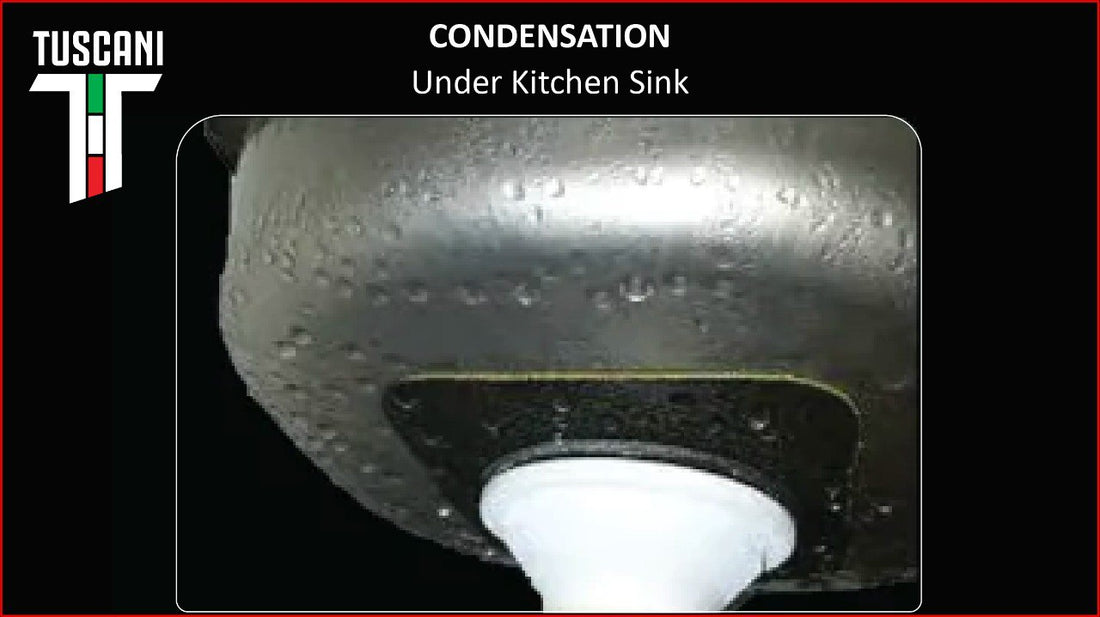 Condensation is a common issue that homeowners face, and it can be particularly problematic under the kitchen sink. This is because the area under the sink is often closed off and lacks ventilation, making it prone to high levels of humidity. When hot and humid air from cooking or dishwashing comes in contact with the cold pipes under the sink, it can lead to condensation forming on the pipes and surrounding surfaces. Over time, this can cause damage to the cabinets, flooring, and even the structure of the kitchen. It can also create the perfect environment for mold and mildew to grow, which can be hazardous to your health.
Condensation is a common issue that homeowners face, and it can be particularly problematic under the kitchen sink. This is because the area under the sink is often closed off and lacks ventilation, making it prone to high levels of humidity. When hot and humid air from cooking or dishwashing comes in contact with the cold pipes under the sink, it can lead to condensation forming on the pipes and surrounding surfaces. Over time, this can cause damage to the cabinets, flooring, and even the structure of the kitchen. It can also create the perfect environment for mold and mildew to grow, which can be hazardous to your health.
The Importance of Proper Ventilation
 To prevent condensation under the kitchen sink, proper ventilation is key. This is because ventilation helps to circulate air and reduce humidity levels, preventing moisture from accumulating. Without proper ventilation, the air under the sink becomes stagnant, creating a breeding ground for condensation. Additionally, ventilation also helps to remove any unpleasant odors that may arise from the sink area.
To prevent condensation under the kitchen sink, proper ventilation is key. This is because ventilation helps to circulate air and reduce humidity levels, preventing moisture from accumulating. Without proper ventilation, the air under the sink becomes stagnant, creating a breeding ground for condensation. Additionally, ventilation also helps to remove any unpleasant odors that may arise from the sink area.
Ways to Improve Ventilation
 Fortunately, there are several ways to improve ventilation under the kitchen sink. One option is to install a small fan or exhaust system that can help to circulate the air and remove excess humidity. Another solution is to add vents or openings in the cabinet doors to allow for proper airflow. Additionally, using a dehumidifier in the kitchen can also help to reduce moisture levels and prevent condensation.
Pro Tip:
Keep the area under the sink clean and clutter-free to allow for better airflow and prevent mold and mildew growth.
Fortunately, there are several ways to improve ventilation under the kitchen sink. One option is to install a small fan or exhaust system that can help to circulate the air and remove excess humidity. Another solution is to add vents or openings in the cabinet doors to allow for proper airflow. Additionally, using a dehumidifier in the kitchen can also help to reduce moisture levels and prevent condensation.
Pro Tip:
Keep the area under the sink clean and clutter-free to allow for better airflow and prevent mold and mildew growth.
Other Tips to Consider
 Aside from improving ventilation, there are other steps you can take to address condensation under the kitchen sink. One is to check for any leaks or drips from the plumbing, as this can also contribute to excess moisture. Another is to insulate the pipes under the sink to prevent them from getting too cold and creating condensation. Additionally, using a waterproof sealant or liner on the bottom of the cabinet can help to protect it from any potential water damage.
In conclusion, condensation under the kitchen sink may seem like a minor issue, but it can lead to significant and costly damage if left unaddressed. By focusing on proper ventilation and implementing some of the tips mentioned above, you can effectively prevent condensation and maintain a healthy and functional kitchen. Take the time to address this issue and ensure that your kitchen remains a clean and safe space for you and your family.
Aside from improving ventilation, there are other steps you can take to address condensation under the kitchen sink. One is to check for any leaks or drips from the plumbing, as this can also contribute to excess moisture. Another is to insulate the pipes under the sink to prevent them from getting too cold and creating condensation. Additionally, using a waterproof sealant or liner on the bottom of the cabinet can help to protect it from any potential water damage.
In conclusion, condensation under the kitchen sink may seem like a minor issue, but it can lead to significant and costly damage if left unaddressed. By focusing on proper ventilation and implementing some of the tips mentioned above, you can effectively prevent condensation and maintain a healthy and functional kitchen. Take the time to address this issue and ensure that your kitchen remains a clean and safe space for you and your family.


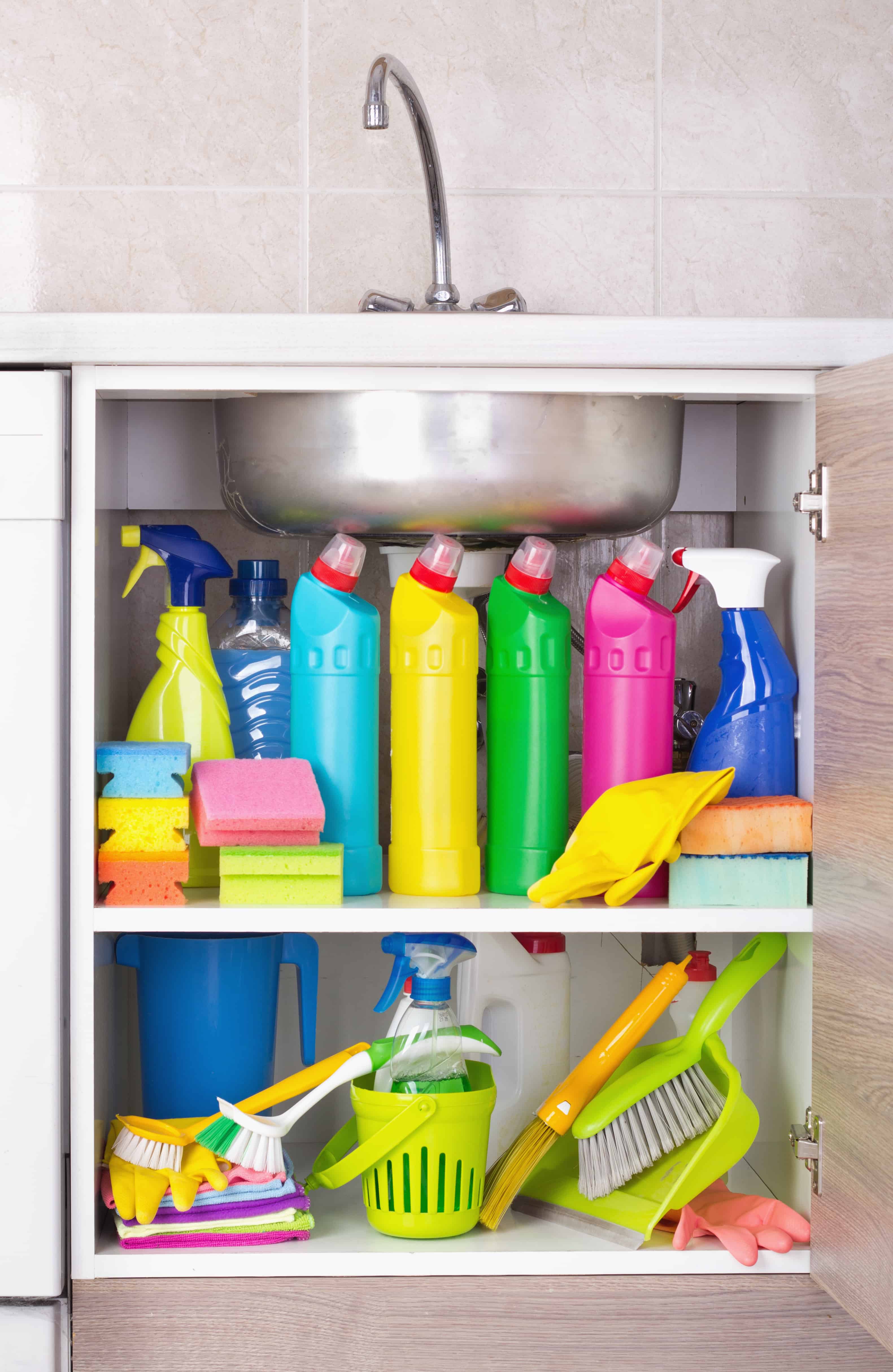
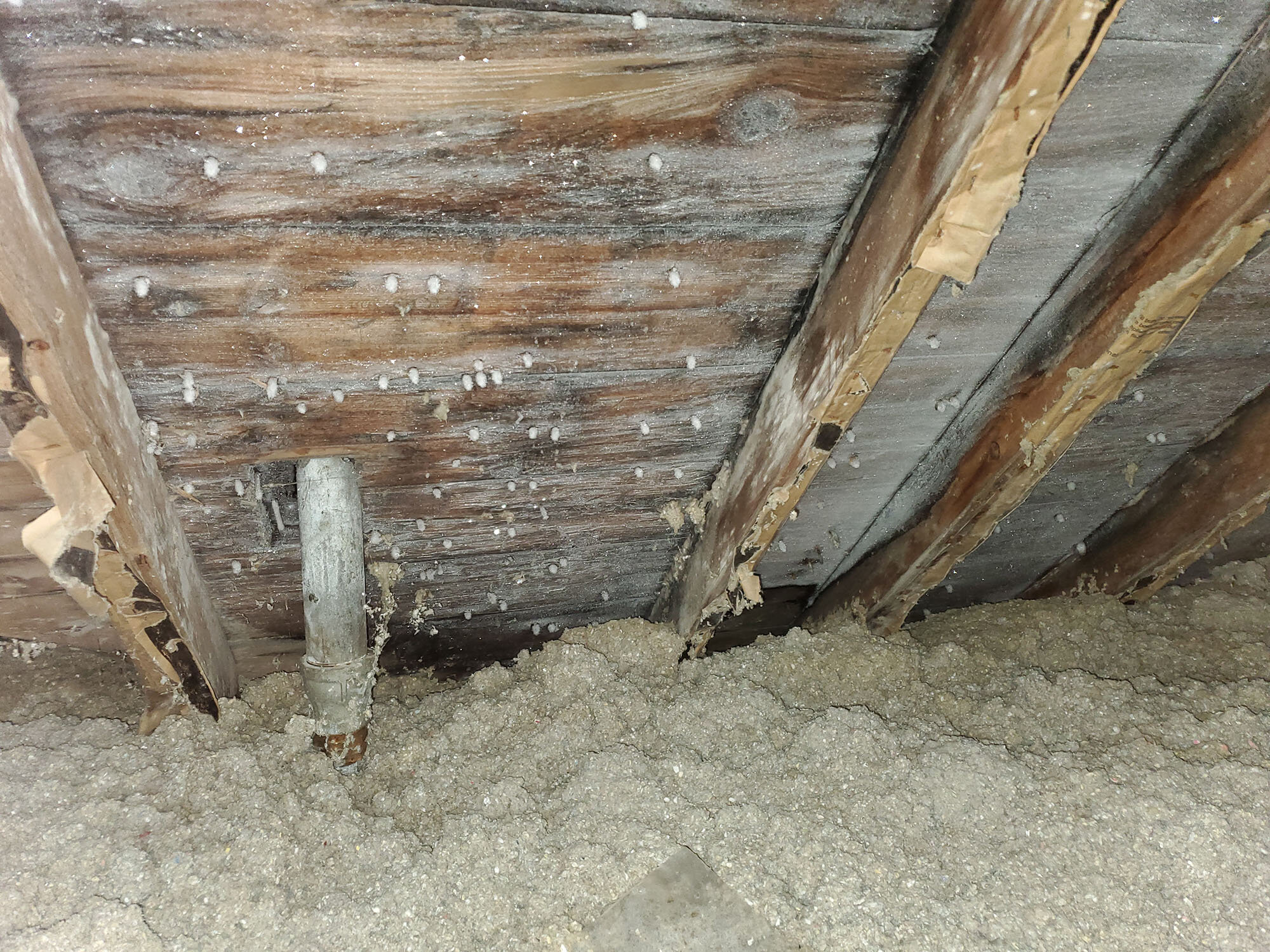



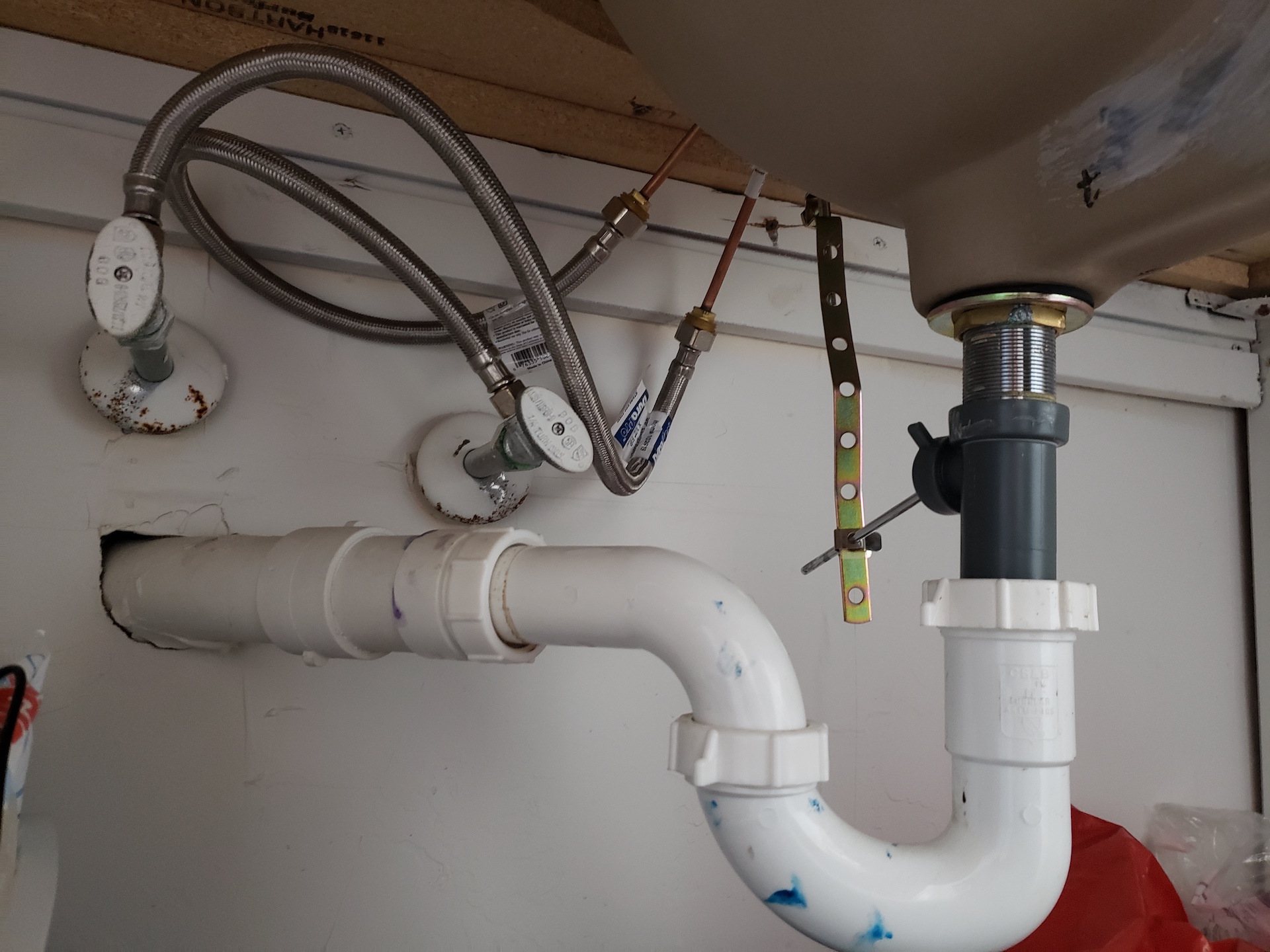
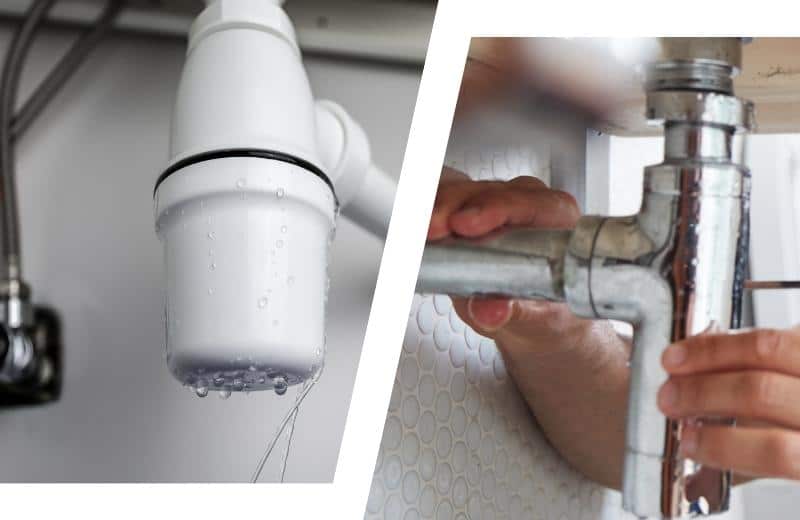
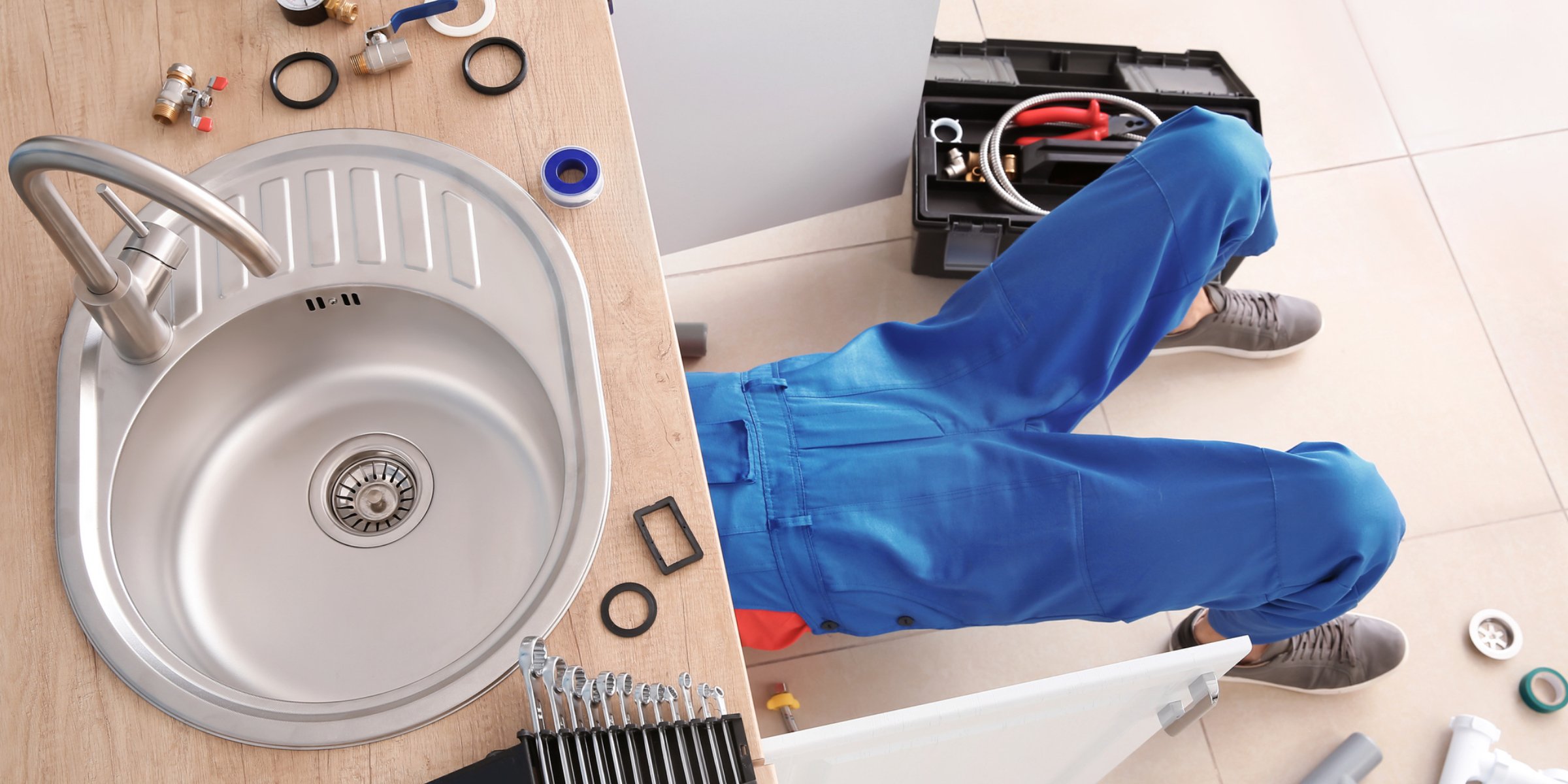
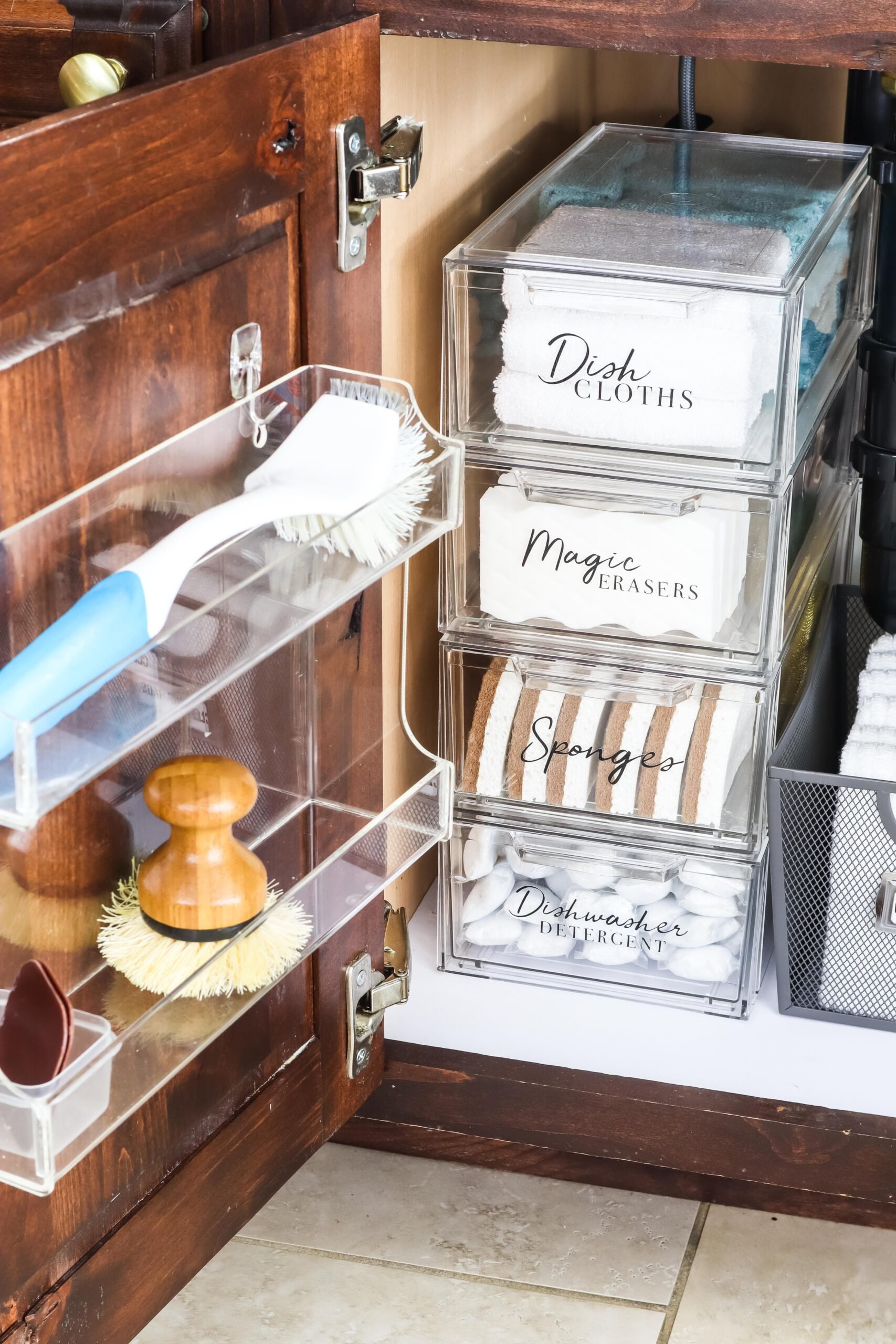




:max_bytes(150000):strip_icc()/Basic-kitchen-sink-types-1821207_color_rev-0b539306b9ef4236a136624ad2a89a4c.jpg)
